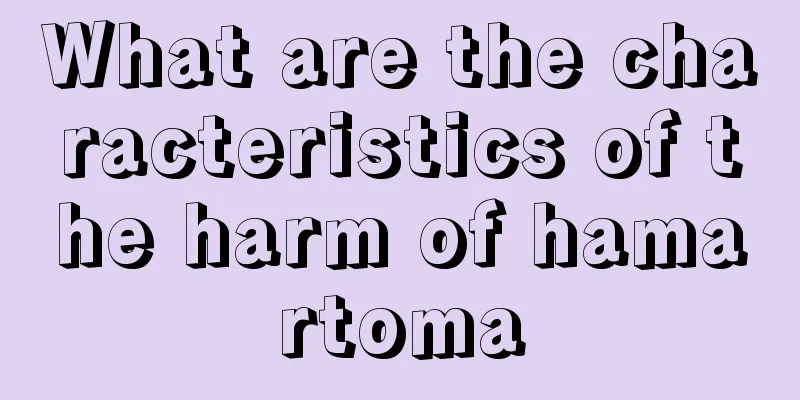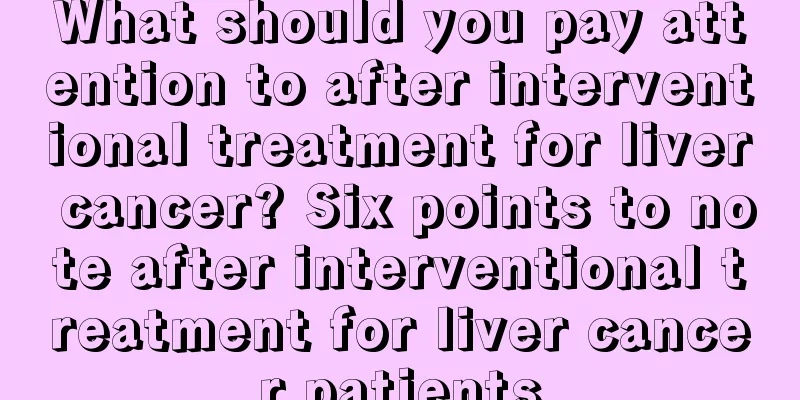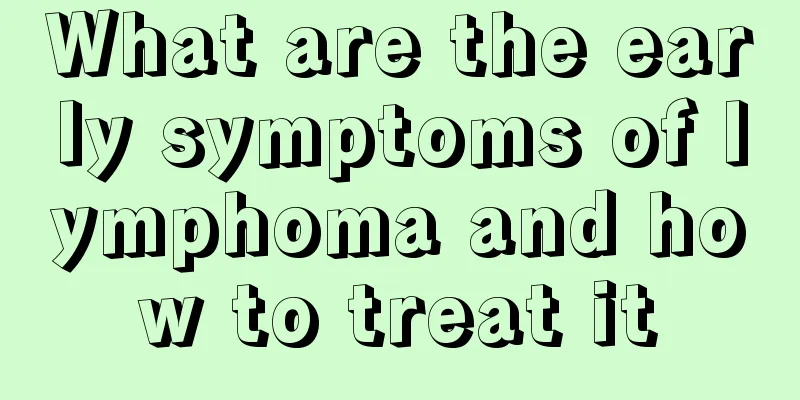Precautions for using sinus drops

|
Sinusitis is a disease caused by bacteria invading the human nasal cavity. The most common problem with sinusitis is runny nose and pus discharge. When there is too much mucus, it will flow back, which greatly affects people's living conditions. Sinusitis should be treated promptly. You can take medicine, use nasal sprays, and drops. So do you know what precautions are required when using sinusitis drops? Precautions 1. Avoid spicy and fishy foods. 2. This product contains ephedrine hydrochloride. Athletes should use with caution; patients with glaucoma, prostatic hypertrophy and the elderly should use it under the guidance of a physician; if symptoms such as dizziness, headache, tachycardia, sweating, etc. occur after taking it, consult a physician or pharmacist. 3. Use with caution in patients with allergic rhinitis due to deficiency and cold syndrome. 4. People with chronic diseases such as hypertension and heart disease should use this product under the guidance of a physician. 5. If symptoms of acute rhinitis do not improve after 3 days of use, or other symptoms appear, you should go to the hospital for treatment. 6. Use according to the usage and dosage. Children should use it under the guidance of a physician. 7. People who are allergic to this product are forbidden to use it, and those with allergic constitution should use it with caution. 8. It is forbidden to use this product when its properties change. 9. Children must use this product under adult supervision. 10. Please keep this product out of reach of children. 11. If you are using other medicines, please consult your physician or pharmacist before using this product. Drug interactions 1. This product should not be used in combination with monoamine oxidase inhibitors such as pargyline. 2. This product should not be used with sulfadiazine or nitrofurantoin 3. This product should not be used together with digitalis drugs. 4. Drug interactions may occur if used with other drugs. Please consult your doctor or pharmacist for details. 【 Pathogenesis of sinusitis 】 The nasal mucociliary system has an important defense function. Through the regular oscillation of cilia, it transports the mucus blanket on the surface to the nasopharynx to remove foreign pathogenic microorganisms and other particulate matter. When inflammatory diseases occur in the nasal cavity and sinuses, the cough receptors distributed in the nose, sinuses, throat, etc. are stimulated, causing them to produce an inflammatory response similar to that in the lower respiratory tract. At the same time, the neuropeptides and neurotransmitters contained in the sensory nerve endings can stimulate the airway sensory nerves and increase the sensitivity of the cough reflex. During PNDs, the cilia function of the nasal mucosa is impaired, and when the upper respiratory tract secretions increase and drip back into the throat or lower respiratory tract, they stimulate the cough receptors there, generating impulses and causing coughing through nerve reflexes. The main causes of postnasal drip syndrome include acute and chronic rhinitis, acute and chronic sinusitis, allergic rhinitis (AR), post-infectious rhinitis, drug-induced rhinitis, nasal polyps and nasal tumors. |
<<: The correct way to use sinus spray
>>: What are the effects and functions of calcium magnesium tablets?
Recommend
Precautions for postoperative incision care in patients with laryngeal cancer
For patients who undergo laryngeal cancer surgery...
Is radiotherapy for brain tumors effective?
Brain tumors pose a very serious threat to patien...
Can acupuncture cure frozen shoulder?
The difference between micro-acupuncture and trad...
Are genetic factors the main cause of esophageal cancer?
It can be seen from most cancers that cancer is c...
Which hospital is best for treating hamartoma
Which hospital is best for treating hamartoma? Th...
What is the cause of vomiting in ovarian cancer
What causes vomiting in ovarian cancer? Ovarian m...
How to store corn cobs
There are many ways to preserve corn cobs in our ...
How to preserve fresh Tremella
Tremella is a food with relatively high nutrition...
What is the reason for swollen lymph nodes when thyroid cancer does not recur?
Thyroid cancer does not recur with lymph node enl...
The secret of whether sesame oil can cure hemorrhoids
Many people suffer from hemorrhoids. This chronic...
How to relieve the pain of advanced laryngeal cancer symptoms
Laryngeal cancer causes physical and mental pain ...
What to do if itching occurs due to pancreatic cancer
Any patient suffering from pancreatic cancer must...
Is there any hope for advanced lung cancer with systemic metastasis? How to take good care of lung cancer on a daily basis
In the late stage of lung cancer with systemic me...
Is biological therapy effective for lung cancer metastasis after surgery?
Metastasis after lung cancer surgery is generally...
How long can you live if pancreatic cancer spreads to the liver in the late stage
Pancreatic cancer is one of the common malignant ...









